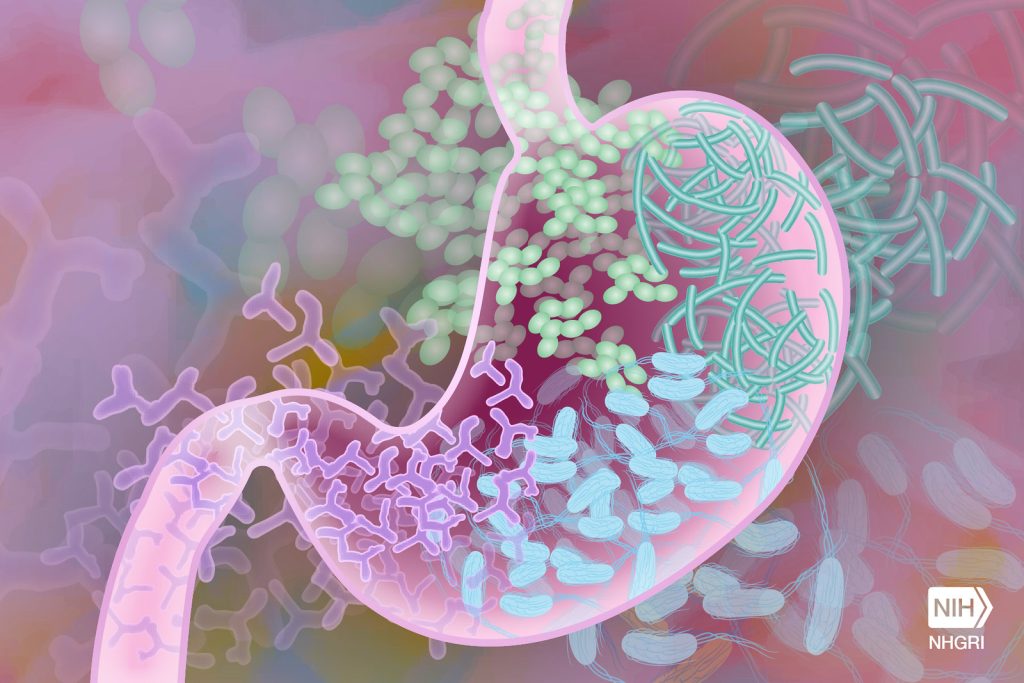Medicinal Plants Help Keep Children Healthy in South Africa: 61 Species were Recorded

In 2021, almost 33 of every 1 000 South African children under five years old died.
This under-five mortality rate is far worse than in similar middle-income countries such as Brazil (14.4 per 1000 births), Cuba (5 per 1000), India (30.6), Indonesia (22.2) and Egypt (19.0).
South Africa’s under-five mortality rate also lags behind the UN’s Sustainable Development Goal of reducing these figures worldwide by 2030 to 25 deaths per 1000.
Significant progress has been made. In 1994, South Africa’s under-five mortality rate was 60.4 per 1000. The government’s Expanded Programme on Immunisation was one health intervention that made a difference.
However, inequalities persist. The underfunded public health sector has been stretched to serve 71% of the population.
Worldwide, many people, particularly those in rural settlements, depend on medicinal plants for their health. In August 2023, the World Health Organization held the first global summit on traditional medicine, in India.
As researchers with an interest in indigenous knowledge, we explored the use of medicinal plants as remedies against diseases among children in the North West province of South Africa.
Of the province’s population, 49.2% live below the poverty line with no access to proper housing, water and sanitation. These conditions have an impact on children’s health.
Despite the high reliance on traditional medicine by rural populations, the role of medicinal plants for the treatment of childhood diseases remains speculative and lacks systematic documentation.
Our study yielded the first comprehensive inventory of medicinal plants and indigenous knowledge related to children’s healthcare in the area.
In total, 61 plants from 34 families were recorded as medicine used for managing seven categories of diseases. Skin-related and gastro-intestinal diseases were the most prevalent childhood health conditions encountered by the study participants.
Capturing local wisdom
Evidence shows traditional health practitioners continue to play an important role in managing childhood illness in sub-Saharan Africa.
South Africa is endowed with a rich wealth of flora and is often acclaimed as a biodiversity hotspot. Thousands of plants are used for traditional medicine for the management of diverse health conditions.
In the North West, we interviewed 101 participants, including traditional health practitioners, specifically those with expertise in managing and treating diseases among children, and herbal vendors operating in the selected study areas.
Gender distribution among the participants was 78% female and 21% male. This signifies the importance of women as active custodians of indigenous knowledge related to childhood health needs.
Of the participants, 63% had completed a secondary level of education, 21.8% had no formal education and 5% had attended primary school. Although 79% of the participants lived in villages, 15.8% were based in urban areas.
The participants were asked which plants they used to treat children. Of the 61 plants identified, 89% were recorded for the first time as botanicals used for childhood-related diseases by traditional health practitioners.
Carpet plant (Geranium incanum), common yellow commelina (Commelina africana) and elephant’s root (Elephantorrhiza elephantina) were the most popular medicinal plants.
Carpet plant was used as a treatment for diverse health problems such as umbilical cord conditions, muscle fits, measles, weight loss and appetite loss.
Common yellow commelina was used as a remedy to treat skin conditions, while elephant’s root was used to treat gastrointestinal and skin diseases.
Roots and rhizomes were the parts most frequently used as treatments (40%), followed by leaves (23%) and whole plants (20%).
Boiling plants or softening them in liquid were the main preparation methods. The plant remedies were mainly administered orally (60%) and used on the skin (39%).
The study also confirmed there are similarities in indigenous practices, techniques and plant matter for specific conditions that were previously reported in other provinces: KwaZulu-Natal and the Eastern Cape.
The way forward
There is increasing support from governments for promoting traditional medicine as part of primary healthcare in African countries such as Cameroon and South Africa.
We recommend that:
- Government provide institutional and financial support to determine the role of herbal medicine in primary healthcare. Working with traditional health practitioners, medicinal plants must be documented and testing laboratories need to be set up to establish their efficacy and to determine appropriate dosages.
- Botanical gardens should be created to ensure the sustainability of plants and their continued role in providing much-needed medical care. In the North West province, 40% of the ecosystems are under severe stress, with 11 of the 61 vegetation and 14 of the 18 river types classified as threatened. Medicinal plants are mostly harvested from the wild, so it’s possible that many could face extinction from uncontrolled harvesting.
Authors
- Tshepiso Ndhlovu Lecturer and researcher, University of Mpumalanga
- Abiodun Olusola Omotayo Senior lecturer/researcher, North-West University
- Adeyemi Oladapo Aremu Professor, North-West University
- Wilfred Otang-Mbeng Associate Professor in Botany, University of Mpumalanga
This article is republished from The Conversation under a Creative Commons license. Read the original article.


